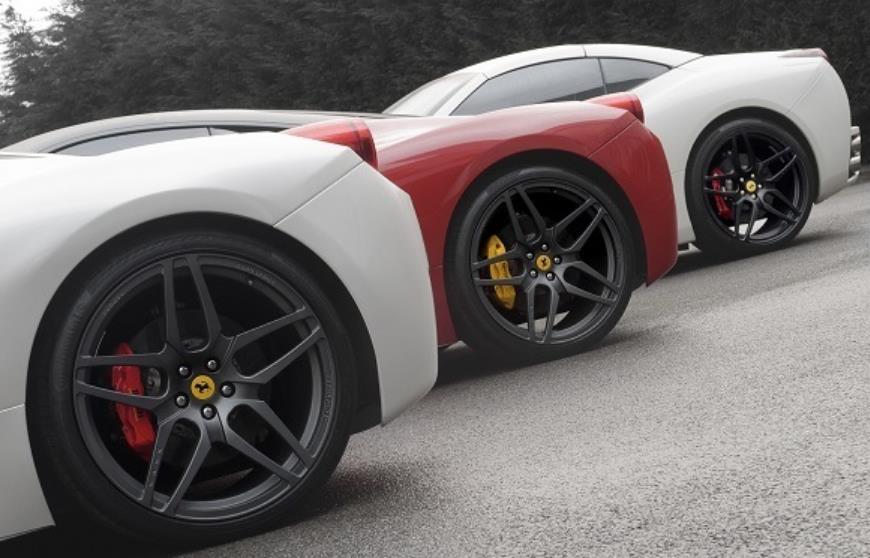Car colours are more than just aesthetic choices. They can also reflect the personality, preferences, and emotions of the drivers and the brands. In this article, we will explore how some of the most iconic car brands, such as Ferrari and limousine makers, use colours to create their image and appeal to their customers.
Ferrari is one of the most famous and prestigious car brands in the world, and its signature colour is red. But why are most Ferraris red? The answer lies in the history of car racing and the national identity of Italy.
In the early days of international car racing competitions, each country was assigned a specific colour to distinguish their cars from the rest. Italy’s colour was red, and it was called “Rosso Corsa” or “racing red”. Enzo Ferrari, the founder of Ferrari, painted his race cars in this bright red shade to show his patriotism and pride. His red cars soon became synonymous with speed, power, and prestige, and they won many races and championships.

Today, Ferrari continues to use red as its main colour, and it has become an iconic symbol of the brand’s racing heritage and luxurious reputation. According to some estimates, over 85% of Ferraris are painted red. While other colours are available, red remains the most popular choice among Ferrari buyers and enthusiasts.
The Meaning of Limousine’s Black
Limousines are another type of car that has a distinctive colour: black. Limousines are often associated with luxury, elegance, and sophistication, and black is a colour that conveys these qualities. Black is also a colour that can create a sense of mystery, exclusivity, and authority, which are desirable for limousine users who want to impress or intimidate others.
Black is also a practical colour for limousines, as it can hide dirt and scratches better than lighter colours. Moreover, black can match well with any other colour, making it easy to customize the interior and exterior of the limousine. Black is also a timeless colour that never goes out of fashion, unlike some trendy colours that may fade or become outdated.
Therefore, black is the ideal colour for limousines, as it can enhance their appeal and functionality. According to some statistics, over 90% of limousines are painted black. While other colours are possible, black remains the dominant choice among limousine makers and users.
The Trends and Preferences of Car Colours
Car colours are not only influenced by the history and identity of the brands, but also by the trends and preferences of the consumers. Different colours can evoke different associations, emotions, and perceptions, and they can also reflect the personality and lifestyle of the drivers.
According to some studies, the most popular car colours in the world are white, silver, black, and grey. These colours are considered neutral, safe, and versatile, and they can suit various types of cars and drivers. White can signify purity, cleanliness, and modernity, while silver can imply trust, innovation, and sophistication. Black can denote luxury, performance, and power, while grey can suggest reliability, stability, and maturity.
However, some drivers may prefer more vibrant and expressive colours, such as red, blue, yellow, or green. These colours can convey more personality, emotion, and energy, and they can also attract more attention and admiration. Red can indicate passion, excitement, and confidence, while blue can represent calmness, intelligence, and loyalty. Yellow can express happiness, optimism, and creativity, while green can symbolize nature, harmony, and freshness.
Therefore, car colours can reveal a lot about the drivers and the brands, and they can also influence the buying decisions and the driving experiences. Car colours can also change over time, depending on the social, cultural, and technological factors that shape the preferences and tastes of the consumers.
